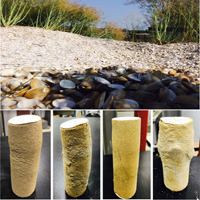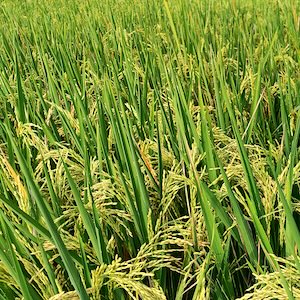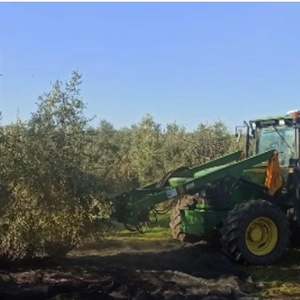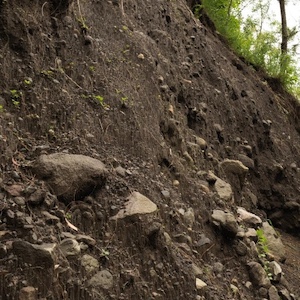Shear strength of soil by using clam shell waste as recycle aggregate

All claims expressed in this article are solely those of the authors and do not necessarily represent those of their affiliated organizations, or those of the publisher, the editors and the reviewers. Any product that may be evaluated in this article or claim that may be made by its manufacturer is not guaranteed or endorsed by the publisher.
Authors
Every year in Japan, industry and household consumption generate a significant amount of clam shell waste. It has inevitably imposed a negative impact on the national environment and economics. To reduce those effects, this study proposes the reutilisation of abandoned clam shell for ground improvement. An experimental study was conducted to evaluate the shear strength of this new construction material. Soils were mixed with various percentages of clam shells as well as cement. The new soil-clam shellcement samples were tested under the triaxial consolidateddrained tests (CD tests). Test results showed that the addition of clam shell and cement in the soil leads to increase deviatoric stress. Furthermore, shear strength parameters of specimens were quantified in terms of cohesion and frictional resistance. Based on the results of the current study, it was concluded that approximately 9.50% increase of frictional angle can be achieved whilst the cohesion can only be improved by 6%. This new construction material can be used in the future for the base course of unpaved roads in agriculture engineering applications.














